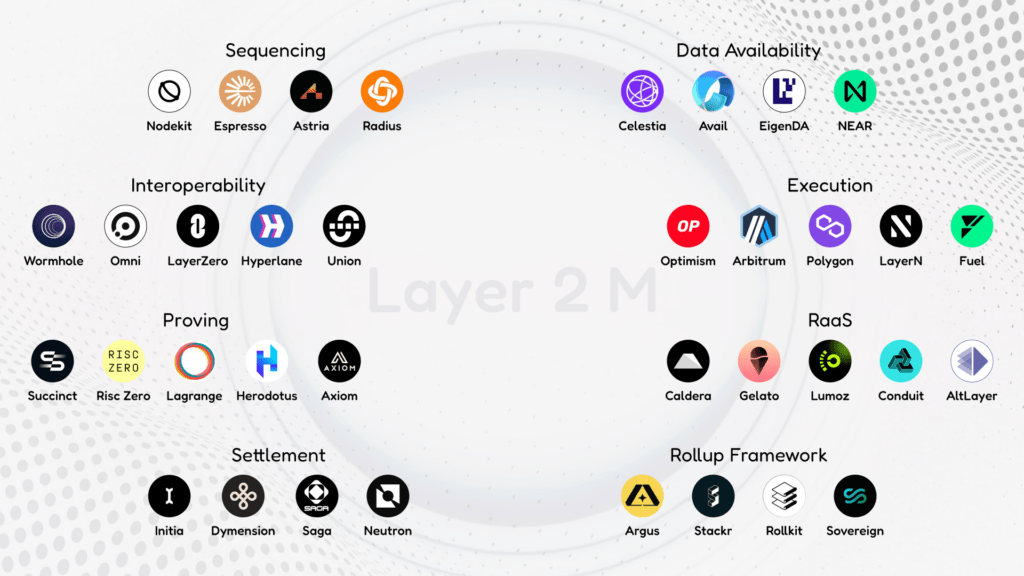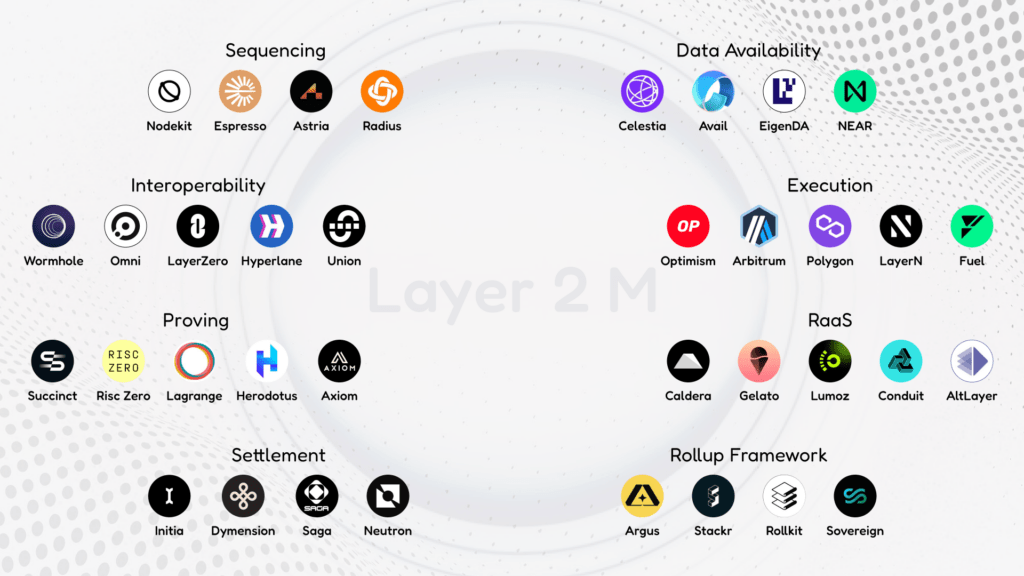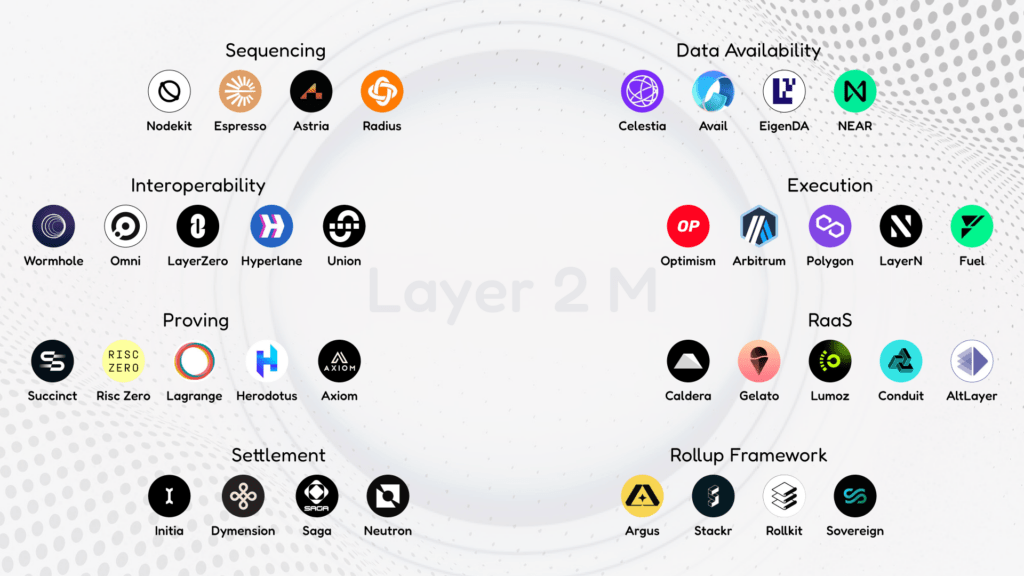Research Summary
The report discusses the controversy surrounding the airdrop strategies of Web3 projects, focusing on ZKSync, Arbitrum, and Optimism. It explores the pros and cons of rewarding users based on interaction frequency versus capital allocation, and the implications for attracting and retaining users.
Key Takeaways
Airdrop Strategies and User Expectations
- Expectation vs Reality: Users expected ZKSync’s airdrop to be similar to Arbitrum and Optimism, based on industry influence, VC background, and fundraising scale. However, ZKSync’s airdrop strategy differed significantly, leading to widespread debate.
- Interaction vs Capital: Arbitrum and Optimism’s airdrops rewarded users based on interaction frequency, while ZKSync focused on the amount of funds in a single account and the willingness to allocate to risky assets. This shift in strategy caught many users off guard.
Pros and Cons of Interaction-Based Rewards
- Pros of Interaction-Based Rewards: Interaction-based rewards can attract seed users efficiently in the early stages and educate users on critical behaviors of the protocol, increasing product stickiness.
- Cons of Interaction-Based Rewards: This approach is susceptible to Sybil attacks, as interaction behaviors are easy to automate and scale. It also dilutes the number of rewards for truly valuable users, which can be counterproductive.
Pros and Cons of Capital-Based Rewards
- Pros of Capital-Based Rewards: Capital-based rewards can effectively identify and exclude the risk of Sybil attacks.
- Cons of Capital-Based Rewards: This approach introduces a new issue of wealth distribution inequality due to monopoly. It also makes it difficult to effectively incentivize grassroots users, thereby failing to form a cohesive community.
Designing a Cold-Start Mechanism
- Importance of Cold-Start Mechanism: For Web3 projects, designing a cold-start mechanism requires careful consideration of the value user profile for their product. It is crucial to design a mechanism that effectively incentivizes these value users while avoiding Sybil attacks as much as possible.
Actionable Insights
- Consider the User Profile: Web3 projects should consider the profile of their value users when designing their airdrop strategies. This can help ensure that the rewards are allocated efficiently and effectively.
- Balance Interaction and Capital: A balance between rewarding interaction and capital allocation may be beneficial. This could help attract a diverse range of users, from grassroots users to whale users.
- Guard Against Sybil Attacks: Web3 projects should implement measures to guard against Sybil attacks, such as conducting Sybil attack detection and setting stringent qualification standards.













